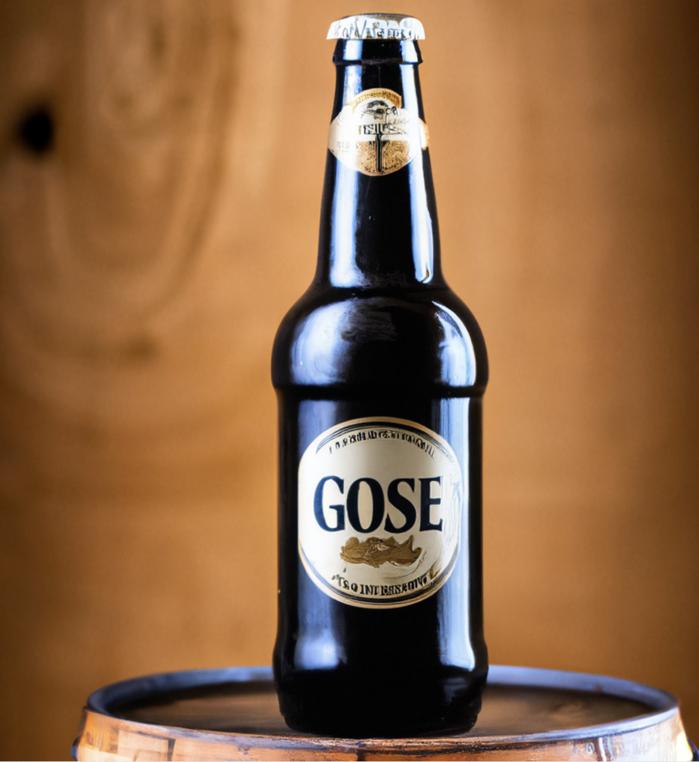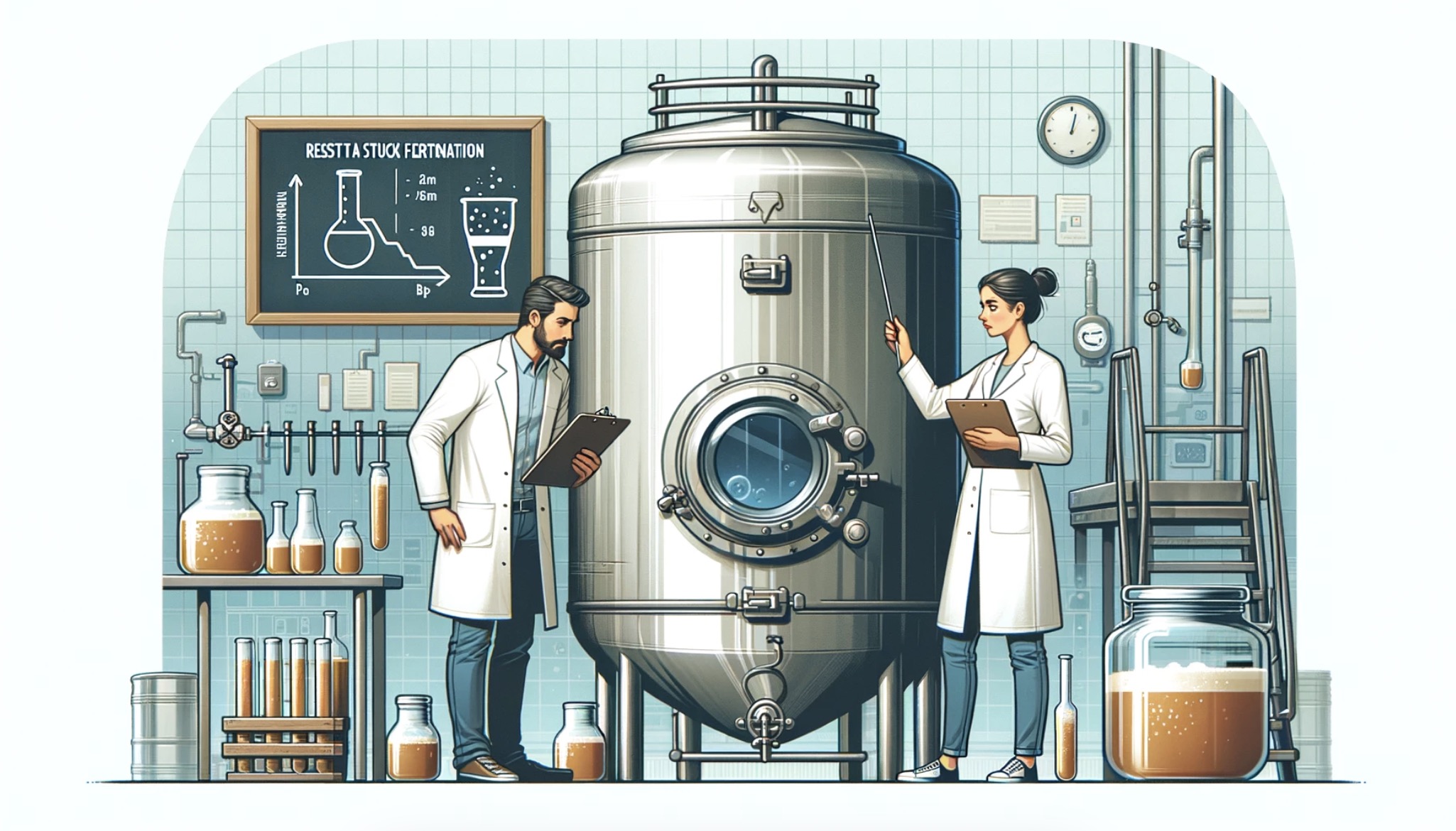Yes, beer can turn sour, and in some cases, it’s intentional! It is caused by lactic acid bacteria that digest the same sugars as the yeasts would.
Sour beer has become increasingly popular in recent years, with many craft breweries producing unique and delicious sour beers to delight our taste buds. But, not all sour beer is created equal.
In this blog post, we will dive into the world of sour beer, discussing its history, brewing process, and the many variations that exist.
We will also discuss how to recognize when a beer has unintentionally soured and what to do about it. So, let’s get started!
A Brief History of Sour Beer
Sour beer is not a new concept; in fact, it has been around for centuries. Before the advent of modern brewing techniques, most beer had at least a slight sour tang to it. This was due to the wild yeast and bacteria present in the environment that would inevitably find their way into the beer during the brewing process.

In countries like Belgium and Germany, these wild microorganisms were embraced, and the resulting sour beers became an essential part of their brewing heritage.
These traditional sour beers include Belgian Lambics, Gueuze, and Flanders Red, and German Berliner Weisse and Gose. Today, craft brewers around the world are experimenting with these traditional sour styles and creating new and exciting variations.
The Sour Brewing Process
Sour beer is brewed in a similar manner to other beers, but with one significant difference: the introduction of specific bacteria and/or wild yeast strains.
These microorganisms are responsible for producing the lactic or acetic acid that gives sour beer its distinctive tang. The most common bacteria used in sour beer production are Lactobacillus and Pediococcus, while the most common wild yeast strains are Brettanomyces.
There are several methods for introducing these souring agents into the beer, including:
1. Spontaneous fermentation: Relying on the naturally occurring wild yeast and bacteria present in the environment. This is the traditional method used in the production of Belgian Lambics.
2. Kettle souring: Adding lactic acid-producing bacteria directly to the wort (unfermented beer) in the brew kettle, prior to boiling. This method is faster and more controlled than spontaneous fermentation.
3. Barrel aging: Aging the beer in barrels that have previously housed other sour beers, allowing the resident bacteria and wild yeast to inoculate the beer.
4. Blending: Mixing a non-soured beer with a sour beer to achieve the desired flavor and acidity.
Recognizing Unintentional Souring
While many sour beers are intentionally produced, sometimes a beer can turn sour unintentionally. In these cases, the souring is considered a flaw and can result from poor sanitation, contamination, or other brewing issues. Unintentionally soured beer may have off-flavors and aromas, such as vinegar, rotten fruit, or even fecal notes.
To recognize unintentional souring, consider the following:
- Is the beer style typically sour? If not, the sour taste may be a sign of a brewing issue.
- Are there off-flavors or aromas accompanying the sourness? This can indicate a bacterial or wild yeast infection.
- Has the beer been stored properly? Poor storage conditions can lead to the growth of unwanted microorganisms.
- Measuring pH to detect acidification.
Measuring the pH is essential when making sour beers. I wrote another post about the best pH meters for brewers here.
My Personal Sour Beer Experiences
As a brewer and beer lover, I have had the pleasure of tasting many sour beers, both intentionally and unintentionally soured.
One of my personal favorites is a well-executed Berliner Weisse, with its light, tart, and refreshing character. I also enjoy the complex flavors and aromas of a Belgian Gueuze, which can have notes of barnyard, hay, and funk, along with a sharp acidity.
I have also encountered unintentionally soured beers, often resulting from poor sanitation practices. In these cases, the sourness was accompanied by off-flavors and aromas that made the beer undrinkable. It’s essential to recognize these flaws and address the underlying issues to prevent future souring.
Conclusion: Can Beer Turn Sour?
The answer is a resounding yes, beer can turn sour, both intentionally and unintentionally. To recap, here are 5-10 facts about sour beer:
1. Sour beer has a long history, with traditional styles originating in Belgium and Germany.
2. The souring process involves the introduction of specific bacteria and/or wild yeast strains that produce lactic or acetic acid.
3. Sour beer can be produced through spontaneous fermentation, kettle souring, barrel aging, or blending.
4. Unintentional souring can result from poor sanitation, contamination, or other brewing issues.
5. Recognizing unintentional souring involves evaluating the beer style, flavors, aromas, and storage conditions.
6. Sour beers can range from lightly tart and refreshing to intensely sour and funky.
So, the next time you encounter a sour beer, you can appreciate the history, tradition, and brewing techniques that have gone into creating this unique and diverse category of beer. Cheers!
FAQs
Is sour beer safe to drink?
Yes, sour beer is safe to drink. It is intentionally brewed to have a tart, sour taste due to the presence of specific bacteria and wild yeast strains, such as Lactobacillus and Pediococcus, which produce lactic acid. As long as the sour beer is produced under proper sanitary conditions and stored appropriately, it is safe for consumption.
Can sour beer go bad?
Yes, sour beer can go bad. Although sour beers have a longer shelf life compared to other beer styles due to their acidic nature, they can still spoil or lose their optimal flavor over time.
Factors such as exposure to heat, light, and oxygen, as well as improper storage, can contribute to the degradation of the beer’s quality. It is essential to store sour beers in a cool, dark place and consume them within the recommended time frame to enjoy their best taste and quality.
What does it mean if my beer is sour?
If your beer is sour, it means that it has undergone a process called souring, which is caused by the presence of certain bacteria or wild yeast strains. These microorganisms produce lactic or acetic acid during fermentation, resulting in a tart, sour flavor profile.
Sourness can be an intentional characteristic in certain beer styles, such as Lambics, Goses, and Berliner Weisses, or it can be an unintended result of contamination in the brewing process.
How do I know if my beer has gone bad?
To determine if your beer has gone bad, consider the following factors:
1. Expiration date: Check the bottle or can for a “best by” or “use by” date. If it’s past this date, the beer may have lost its optimal flavor and freshness.
2. Appearance: If the beer looks cloudy, has sediment, or an odd color, it may have gone bad.
3. Smell: A sour, musty, or unpleasant odor can indicate spoilage.
4. Taste: If the beer tastes flat, overly bitter, sour, or has an off-flavor, it’s likely past its prime.
5. Storage conditions: Beer should be stored in a cool, dark place, away from direct sunlight and temperature fluctuations. Improper storage can cause the beer to spoil more quickly.
Remember that drinking expired beer isn’t usually harmful, but it may not taste as good as fresh beer. If you have any doubts, it’s best to err on the side of caution and discard the beer.




